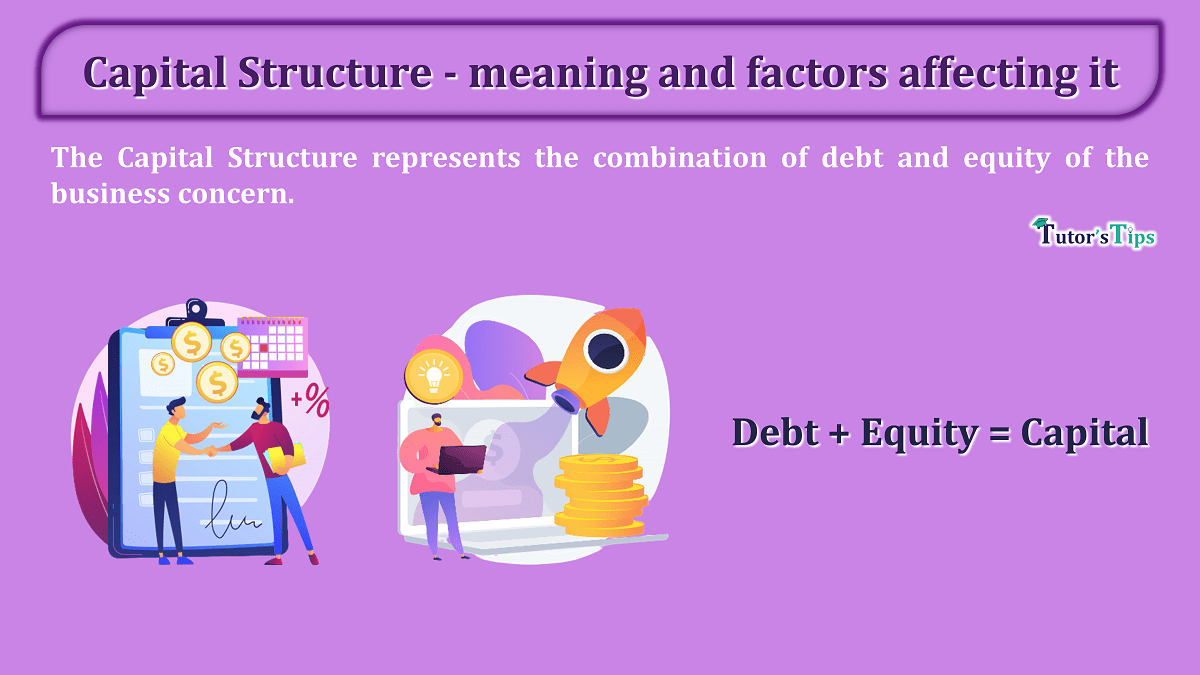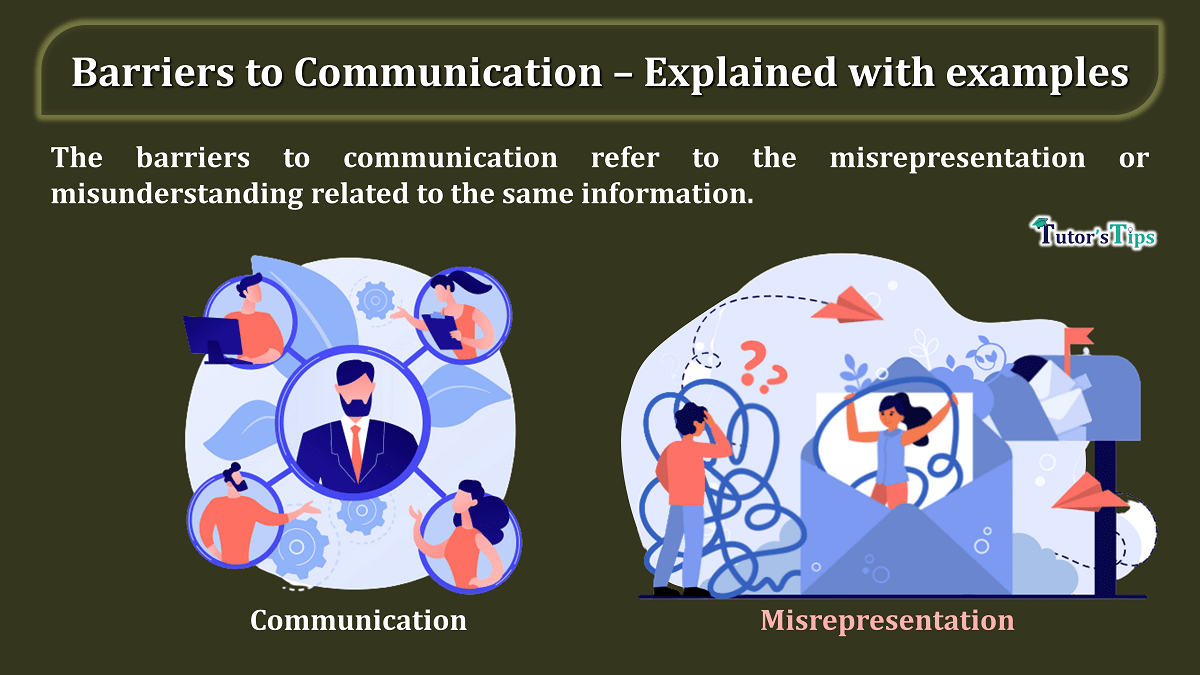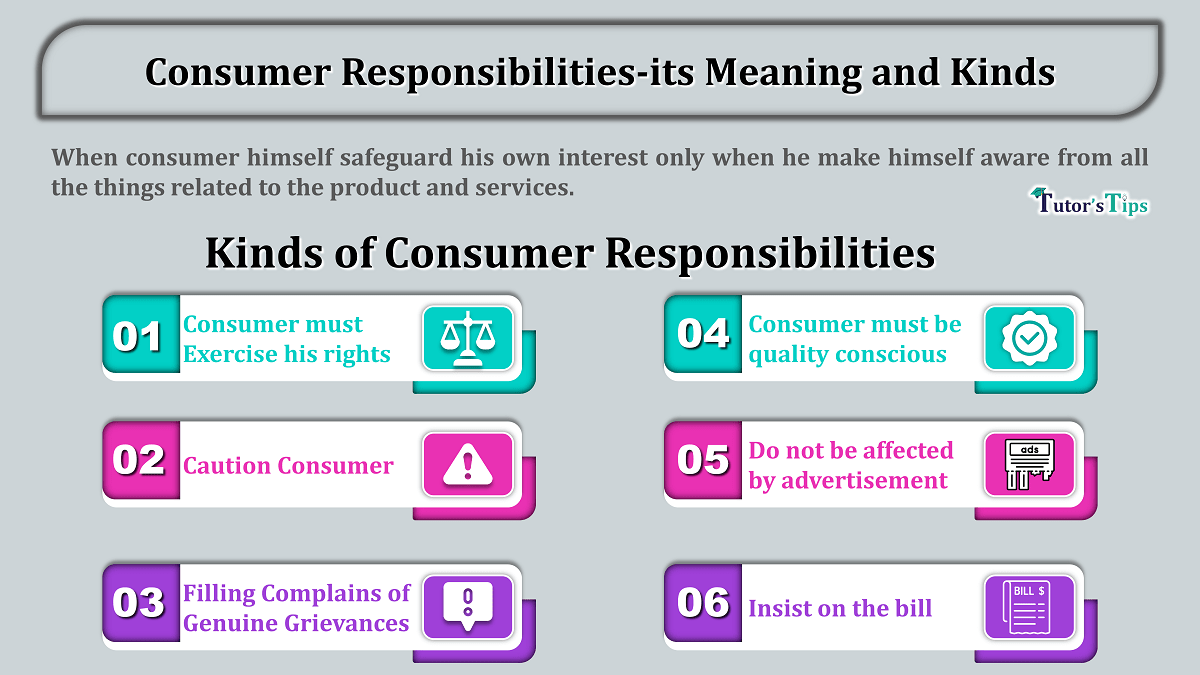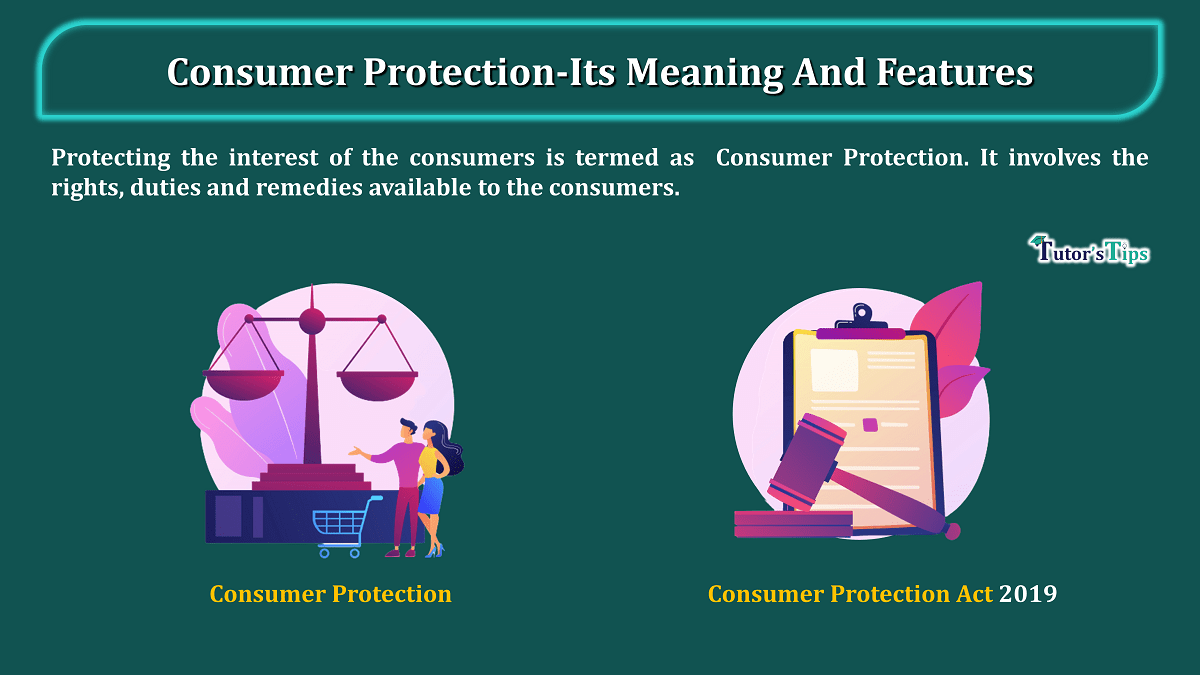The Capital Structure represents the combination of debt and equity of the business concern. In other words, Debt comes in the form of bond issues or loans, while equity may come in the form of common stock, preferred stock, or retained earnings.
Meaning of Capital Structure:
It defines the amount of debt and equity employed by a firm for its operations and finances its assets. Secondly, it focuses on capital expenditures, acquisitions, and other investments. It ensures minimizing the cost of debt and equity financing and maximizing the value of the firm.
An appropriate capital structure permit management to enhance the profits of a company in the form of higher return to the equity shareholders for example increase in earnings per share. It is only done by the mechanism of trading on equity i.e., it refers to an increase in the proportion of debt capital in the capital structure which is the cheapest source of capital.
If the rate of return on capital employed is higher than the fixed rate of interest paid to debt-holders, the company is said to be trading on equity.
In other words, the Equation Represents Capital Structure=Debt/Equity.
For example, the C.S. of a company is 50% long-term debt (loans), 10% preferred stock, and 40% common stock. The capital structure of a business firm is treated on the right side of the balance sheet.
Factors affecting Capital Structure:
The factors are as follows:
1. Cash Flow position:
In the case of companies, whose cash inflows are unstable, inappropriate, and unpredictable, then it is quite risky to employ fixed cost funds of finance. The interest coverage ratio is helpful, to check whether EBIT is sufficient to meet the interest charges. The higher the ratio, the greater the amount of debt a company can use.
By using the equation the ratio is calculated as follows:
Interest Coverage Ratio = EBIT / Fixed Charges
Advertisement-X
EBIT = Earnings before Interest and Taxes
2. Interest coverage ratio(ICR):
The ICR is a debt and profitability ratio used to plan that how easily a company can pay interest on its outstanding debt. It represents a number of times the companies earnings before interest and taxes.
ICR= EBIT/Interest.
3.Government policies:
Monetary and fiscal policies of the Government will also affect the capital structure decisions. On the other side, these decisions are influenced by Government policies, rules, and regulations of SEBI which change the financial pattern of the company.
4.Size of the company:
Availability of funds mostly influenced by the size of the company. Small companies depend more on equity shares and retained earnings. The debentures and long-term loans are less suitable to such enterprises due to the higher rate of return on investment.
5.EBIT-EPS analysis:
If the level of EBIT(Earning before interest and taxes) is low from an HPS point of view, equity is preferable to debt. If the EBIT is high from EPS (Earning per share) then debt financing is preferable to equity.
When ROI (return on investment) is less than the interest on debt, debt financing decreases ROE. Secondly, when ROI is more than the interest on debt then debt financing increases ROE.
Thanks for reading the topic.
Please comment on your feedback whatever you want. If you have any questions, please ask us by commenting.
References: –
Advertisement-X
Also, Check our Tutorial on the following subjects:







Leave a Reply